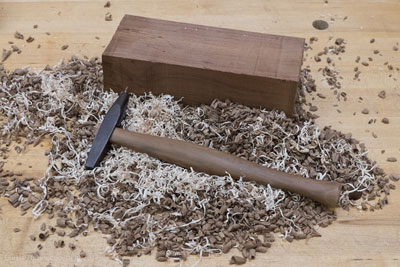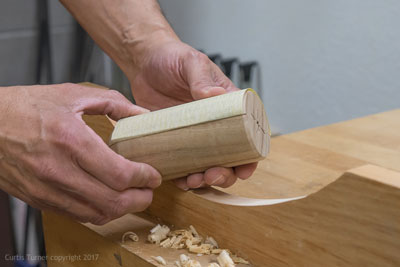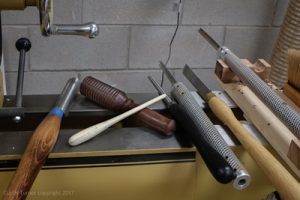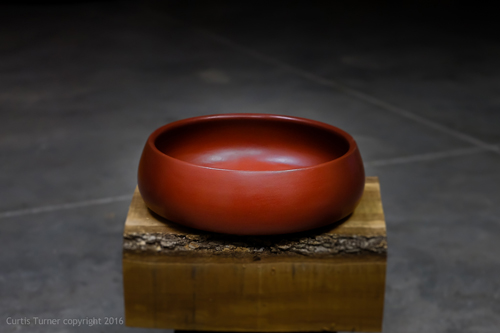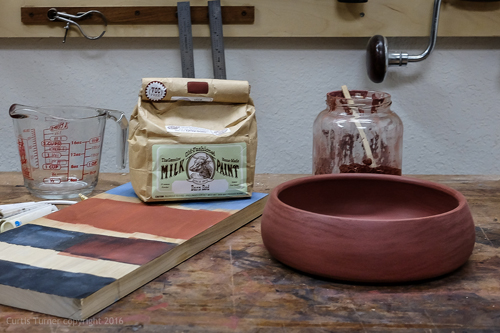Welcome to our 2016 Woodworking Resolutions blogger series. Every year we invite our bloggers to share their resolutions specific to their woodworking goals for the new year. Click each link below to read our bloggers’ resolutions!
First, I want to wish you good health and happiness for the New Year.
The act of writing out my objectives, as it relates to my craft, forces me to distill all the things I would like to do into to a short list of priorities.
1. Consistently post high quality content on Instagram. If you have not already noticed, Instagram has experienced exponential growth in the woodworking and woodturning community. One can find amazing photographs, helpful tips and inspiration. An IG account is free to set up and maintain. Search on #woodturning, #woodworking and of course #highlandwoodworking. You can follow someone by searching on their name like @highlandwoodworking or @tx_planes(that’s me). Give it a try.
2. Finish a few projects that are underway. A Windsor stool is my most interesting but incomplete project. I also have many partially turned “demonstration” bowls leftover from classes. These bowls need to be completed so they can find new homes.
3. I hope to use more Milk Paint on turnings. I have enjoyed experimenting with milk paint. This is a good solution for spicing up an average looking bowl. Now, I need to add a few more colors!
4. Build a Dutch tool chest with my son. I am looking forward to this project, as it will be his first major woodworking project.
5. I would like to find ways to include metal as a decorative element into my turnings. I do not have anything specific in mind. This is more of a self-challenge to think outside the box.
After reflecting on 2015, I am comfortable with my achievements towards my resolutions, however, I know I can do better. In 2015, I gave metal spinning an honest try. The process lacks the feel of wood.
It just does not captivate me like turning wood. I did turn a few projects just for the fun of it for example, turned beads, rebuilt a favorite screwdriver and made a guiro. I did use the sandblaster for a few projects but not on a turned box as planned. Also, I have yet to try using a vacuum to refine a turned sphere. I did make good on my commitment to donate a few pieces. Also, I am keeping a cleaner shop!
Curtis was the 2012 President of Central Texas Woodturners, a member of the American Association of Woodturners, and a member of Fine Woodworkers of Austin. Curtis teaches and demonstrates nationally for Lie-Nielsen Toolworks. He also owns a studio where he teaches and works. Curtis lives and works in Central Texas with his wife and four young children. Take a look at his website at www.curtisturnerstudio.com.


